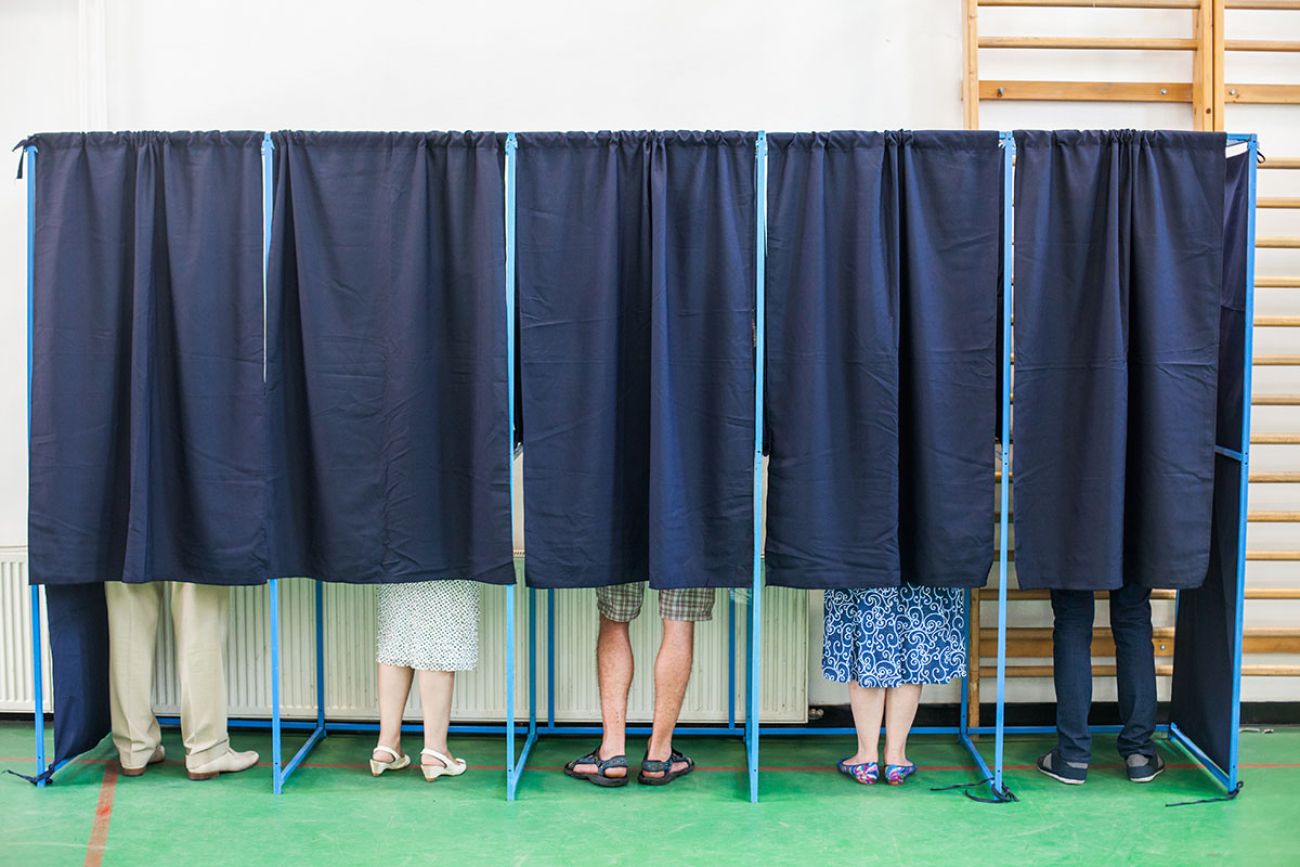Polls for president, Senate, Harris, Trump

- Polls are a snapshot in time
- Savvy readers of polls should look for bias, how surveys are conducted and same size
Polling is as much a part of politics as debates and kissing babies, so Bridge Michigan is providing resources to help voters educate themselves leading to Election Day.
A few caveats: Bridge only links to reputable aggregation sites and encourages voters to approach polls with healthy skepticism and be discerning about interpreting them. (More on that below)
Related:
- Michigan elections 2024: How to be an informed voter, detect misinformation
- Michigan elections 2024: How to get an absentee ballot
- Michigan elections 2024: What to know about voting, registration and more
- Michigan elections 2024: What’s new in state voting process?
- Michigan elections 2024: You voted, now what? What happens to ballots
- Michigan elections 2024: Key dates, last day to register to vote
- Michigan elections 2024: Issues and policies, Biden, Trump, Democrats, GOP
Here are some resources to find the latest polling:
Presidential race in Michigan
U.S. Senate race in Michigan
Tips for reading polls
- They are snapshots: Polls by nature are moving targets and intended to gauge opinions at the moment, not make predictions about winners.
- Consider the source: Not all pollsters are the same. Check out ratings and scorecards of pollsters. Some polling firms are up front about their bias and political leanings.
- Read the fine print. Look at the margin of error. Anything that is more than plus or minus 5 percentage points should be viewed with skepticism. That’s conceivably a 10-point swing in support one way or another. And remember that margins of error can be larger than reported because of nonresponses or other errors.
- Consider methodology: The internet has made polling easier but sometimes harder to trust. Polls can be conducted over the phone with live participants, online or through robocalls. That can dramatically change who is surveyed and the reliability of polls.
- Who takes polls: Polling uses statistical adjustments known as “weighting” in order to ensure surveys reflect the general population. But some groups of people, including college graduates and older adults, are more likely to take surveys than the general population, which can lead to mistakes that can’t be corrected with weighting. That was one of the problems with polls in 2016 that showed Hillary Clinton had a healthy lead over Donald Trump soon before the election.
Read more:
See what new members are saying about why they donated to Bridge Michigan:
- “In order for this information to be accurate and unbiased it must be underwritten by its readers, not by special interests.” - Larry S.
- “Not many other media sources report on the topics Bridge does.” - Susan B.
- “Your journalism is outstanding and rare these days.” - Mark S.
If you want to ensure the future of nonpartisan, nonprofit Michigan journalism, please become a member today. You, too, will be asked why you donated and maybe we'll feature your quote next time!




